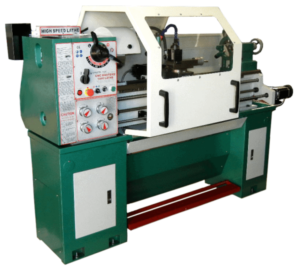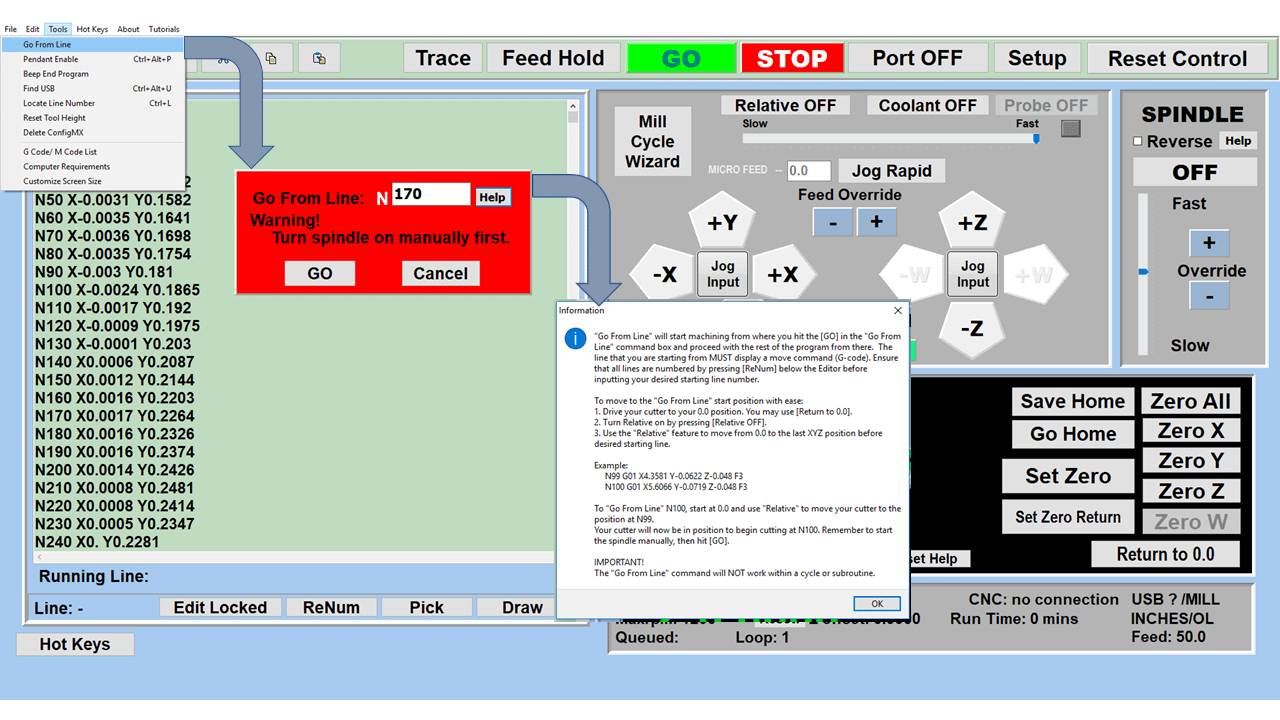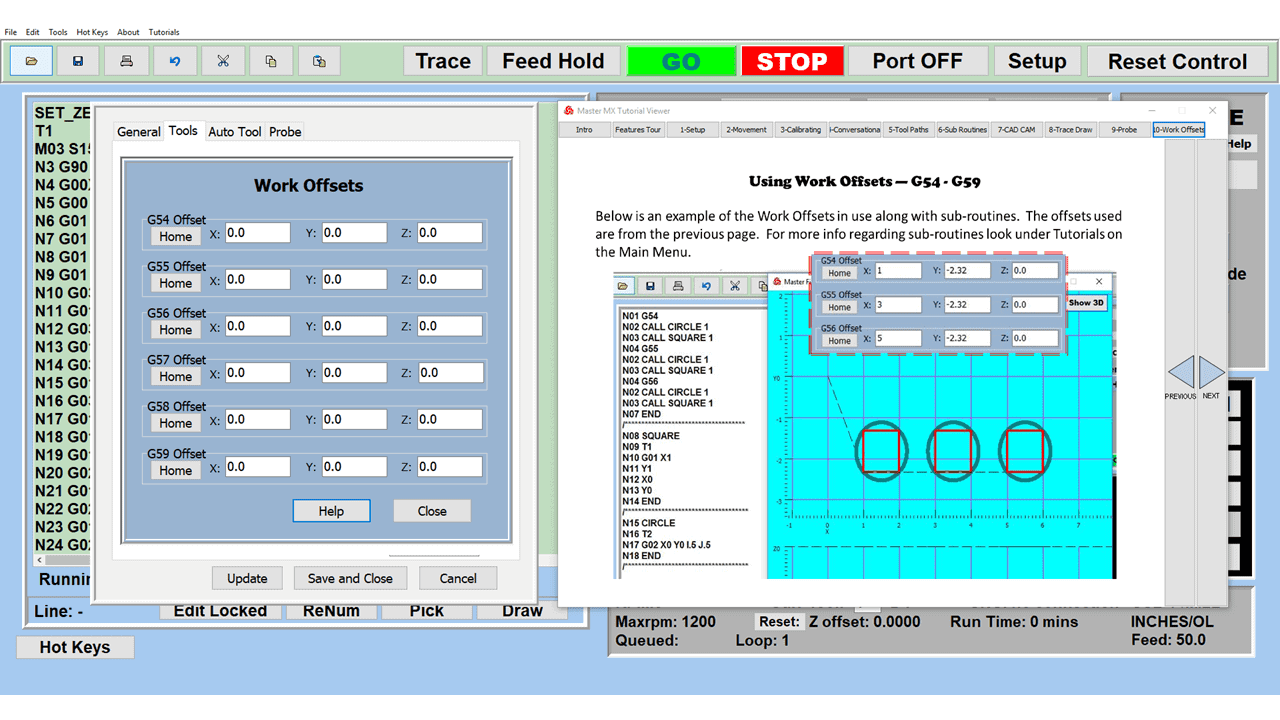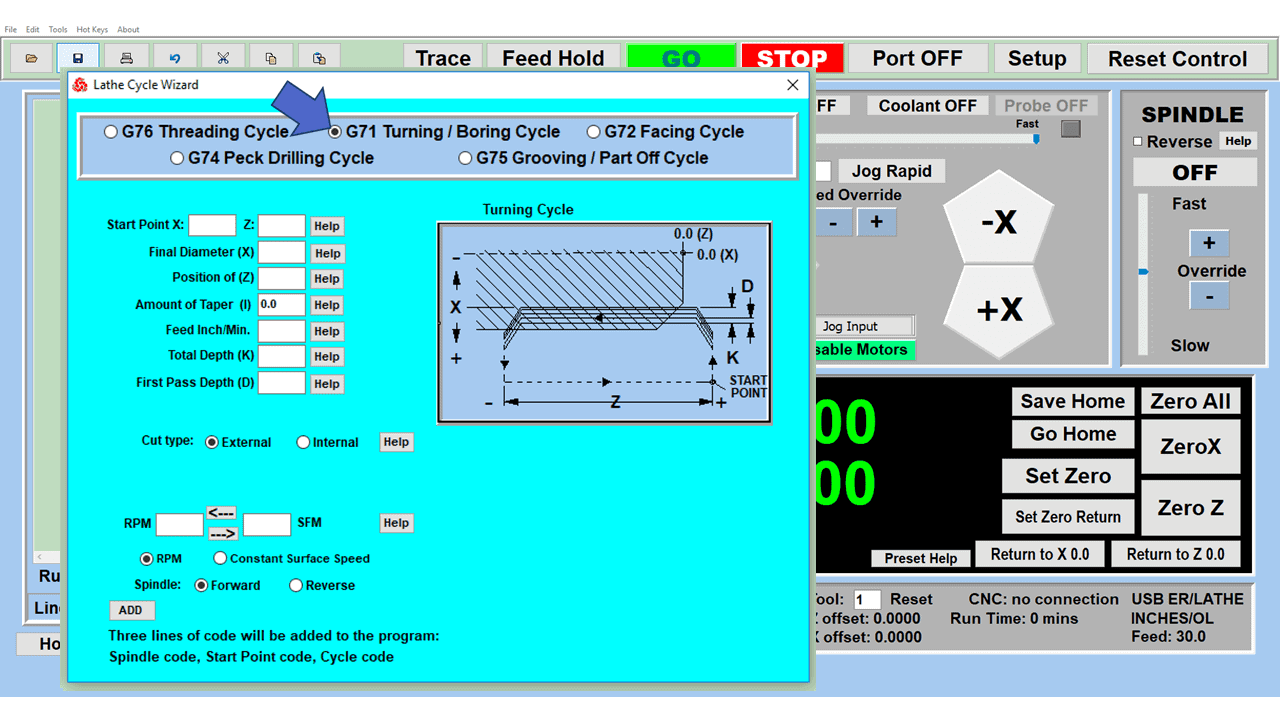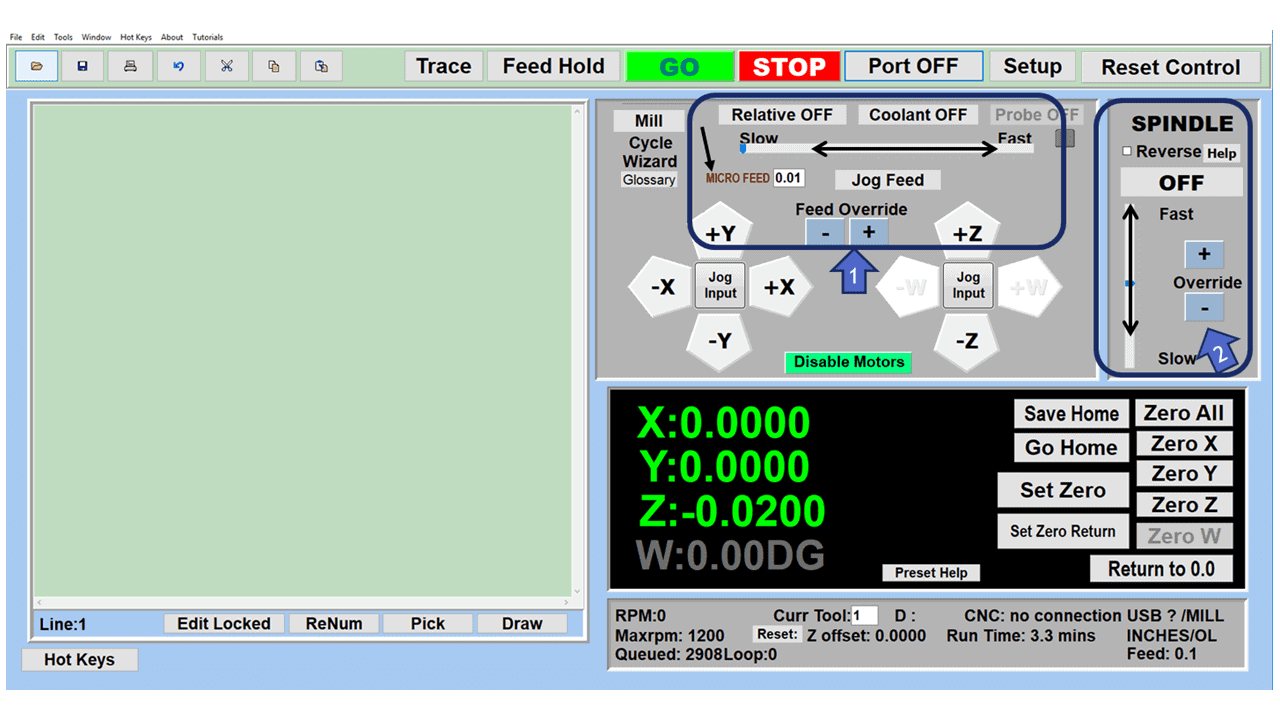High-tech CNC machine tools offer accuracy and unparalleled precision to modern machinists. But for many machinists, especially ones working in a small workshop or even from home, one major problem isn’t the machine itself – it’s keeping everything else in order.
Home workshops in particular are notoriously hard to keep organized. DIY craftsmen, whether woodworkers or metalworkers, might use their workshops for multiple projects at once, making organization an extra challenge.
So how can beginner and experienced craftsmen give their workshop organization an extra boost? Here are 10 simple organization tips we’re sure you’ll like.

Start fresh
Already have a woodshop or tool-and-die shop that’s cluttered and confusing? Any new organization is going to have to wait until you’ve given yourself a clean slate. If that sounds like a daunting project, don’t panic – cleaning things up gives you a chance to achieve several smaller goals along the way.
Out With the Old
First off, eliminate any of the outdated, broken, or unused tools and materials that tend to fill most home-based workshops. The manual lathe you bought for the furniture project, used once, and then ignored? Now’s a great time to either fix it or admit defeat and move on. Likewise with your old power drills, broken chisels, and scribes, etc. This applies to both woodworking and metalworking workshops – hammers, chisels, and piles of screws seem to multiply just as fast as scrap metal and replacement metal bits.
Identify Useful Tools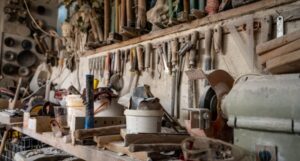
Maybe that old lathe is an American classic – an old South Bend or Bridgeport. Maybe it isn’t time to consign it to the junk bin, but to actually restore it and give yourself another weapon in your arsenal. Don’t feel compelled to purge every tool – your job here is to identify what’s useful and eliminate what’s not. That may mean avoiding duplicates; one table saw is great, four is probably overkill. In the end, you should have a workspace that’s thinned out a bit, ready for the next step. For the DIY machinist, a mini milling machine can fit in most workshops without taking up too much room. One tool you might want to uprade? Your shop vac. Nothing gets more annoying than sawdust and small debris covering the floor while you’re trying to work.
Open Things Up
Now on to the physical layout. You need room to perfect your craft, and open floorplans are often the best for this. You may reposition your tools later on and fill up some of the space but for now clear things out. Floorspace is at a premium; consider storage ideas that utilize walls and ceilings. Those can include extra shelving and tool cupboards, or even pegboards.
Don’t be afraid to aim high, either. Many garage or backyard workshops have tall ceilings, allowing for taller, deeper storage systems. Make the most of what you have; you can always include extra step stools or moveable ladder systems to access what you need.
Organize Your Workshop Storage
Few things take up more workshop space than spare materials. Lumber, sheet metal, scraps, and cutoffs can all be useful – but they tend to hang around and take up space. Sort through the stock you currently have, separating by length, thickness, or type depending on what works for you.
 Once you’ve sorted and identified what you have, store it. Some people prefer to use wall-mounted storage solutions and keep their extra material up, visible, and easily accessible. Others might prefer to store cutoffs and short lengths underneath workbenches or tools, where it is safely out of the way but still easy to find.
Once you’ve sorted and identified what you have, store it. Some people prefer to use wall-mounted storage solutions and keep their extra material up, visible, and easily accessible. Others might prefer to store cutoffs and short lengths underneath workbenches or tools, where it is safely out of the way but still easy to find.
Tool storage can be even more of a challenge. Hand tools and extra drill bits are necessary, but how many do you need, and where do you put them? Sort out your well-used favorites, all your vital power tools, and rethink how you store them. Little-used, broken, or worn-out tools? Reduce the number of tools you have, re-use and recycle what you can, and replace any crucial ones.
Create New Storage Systems
There’s a recurring theme here – storage. Unless you’re willing to throw out all old or excess material and keep your tools in a jumble, all the other steps won’t matter without extra storage space. So make sure there’s enough room for everything you want to do. This means making sure you have adequate shelves, storage cabinets, drawers, bins, racks, and whatever else will help you get organized.
You’ll also want to think about how you plan to organize your projects. Do you want them stored together, separated into categories, or something else entirely? Once again, these decisions aren’t set in stone – you can change your mind over time if you don’t like what you have now.
Some garage storage tips that might be useful for your workshop:
Shelves Under Your Workspaces
Benchtop lathe? Put drawers under it for bits, cutters, chucks, etc. Miter saw? Store the cutoffs on simple shelves underneath. The next time you need to cut a quick wedge, you’ll have scrap wood pieces easy to hand.
Put Your Tools on Wheels
A small workshop needs to be mobile. Everything, from the table, saw stand to the workbench can be on wheels for quick movement.
Casters are great for large pieces such as the t-track tables that need to stay in one place. They mount to the sides of a cabinet, rather than the underside. They allow it to lie flat on the ground for most of the time. You can move the cabinet by simply slipping the casters into their brackets and then putting it on wheels.
flat on the ground for most of the time. You can move the cabinet by simply slipping the casters into their brackets and then putting it on wheels.
Other tools like miter saws and drills are always on wheels, so I can easily roll them out to be used.
Add a quick DIY project to your list and make a mobile storage cabinet own out of some old metal filing cabinets. You can even go one step further and add a work table on top, turning each one into a moveable workbench with built-in storage. Get enough of the same height, and you can conceivably create an entirely flexible workbench that’s as big or small as you need it to be and packed with storage.
French Cleats

Keep your wall storage flexible with a French cleat system. This simple mounting bracket makes it easy to swap out shelves or racks as your needs change. You can use a single French cleat or install an entire wall of them for all your hand tools and clamps!
The French cleat is an easy project for DIYers that can be completed quickly and will pay off in time savings down the line.
Streamline Your Workflow
That leads to the last point. Organize your home or garage workshop according to your workflow. That requires a bit of creative thinking, particularly in a small space. Do you work best with distinct stations – milling machine on one wall, lathe on the opposite? Or would you do better with keeping each close to the other? You could keep the walls for tools and storage while grouping larger machine tools near the center of an open floor plan. That way, you can take parts quickly from lathe to mill to router, or vice-versa, without hauling the workpiece clear across the room.
Conclusion
Everyone’s workflow is different and can change from project to project. The best workshop organization ideas recognize that and adjust accordingly. The key is to know what works for you, and what will allow you to handle the most projects in the least amount of time.

